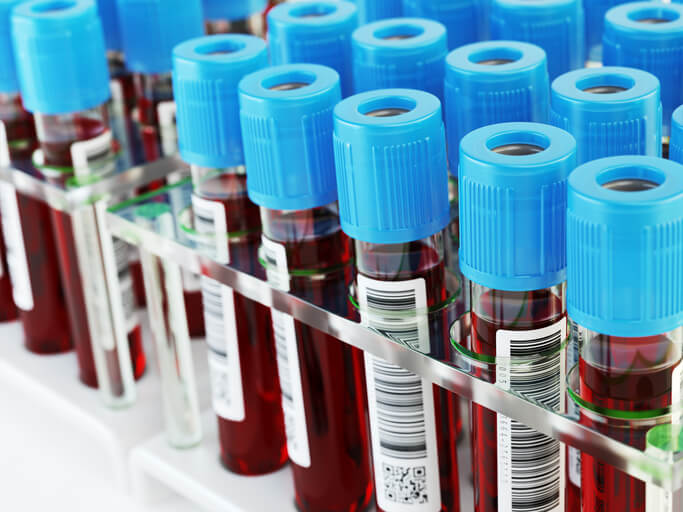There are a lot of things to consider when it comes to your surrogate’s delivery plan. You and your surrogacy specialist will need to work with her, her chosen obstetrician and her hospital to determine what your plan looks like moving forward. In addition to deciding who will be present during the birth, what kind of delivery can be expected and where you as an intended parent will stay, there is another thing you may wish to consider: collecting and banking the cord blood after your surrogate’s delivery.
In most deliveries, a woman’s placenta, umbilical cord and all the blood within them are disposed of after birth. However, a growing number of women are choosing to take advantage of the benefits cord blood offers, both directly after birth and for years to come.
In this article, you’ll learn a little more about your options when it comes to this new trend. If you are interested in finding out more about this process, we encourage you to contact a professional organization like Americord or Viacord.
Why Collect Stem Cells and Blood from the Umbilical Cord and Placenta?
A woman’s umbilical cord and placenta contain important blood cells known as hematopoietic stem cells. These cells can transform into any type of blood cells and cellular blood components in our bodies, making them incredibly useful and full of possibilities for parents and children. Because of this, stem cells are vital in the development of all tissues, organs and systems in the body.
This transformative power holds many advantages; stem cells have been effective in treating certain diseases or conditions, whether in the child, their parent or their siblings. For example, cord blood stem cells have the ability to treat leukemia and other inherited health disorders with less chance of rejection by the body.
Those who choose to collect and store their baby’s cord blood have a form of insurance, should their child or another closely related family member fall ill. Today, approximately 2.6 percent of American births result in the storing of cord blood.
How to Collect Cord Blood During Your Surrogacy
Before you take any steps to collect and store blood from the umbilical cord and placenta, it’s critical that you speak with your surrogate about your plans. While the process of collecting is quick and non-invasive, you will need your surrogate’s permission to collect cells that have come from her own body — even if the cells are genetically related to your own child.
In general, the process of collecting cord blood takes about five minutes. A doctor will either use a syringe to draw blood from the umbilical cord just after it has been cut, or the umbilical cord will be elevated to drain the blood into the bag. Any collection of cord blog must be done during the 15 minutes following birth and will need to be processed within 48 hours — which is why it’s important that parents to make a decision far in advance of their surrogate’s birth.
After collection, the cord blood will be registered to the parents’ names and sent to a blood bank for storage. These facilities should be accredited by the American Association of Blood Banks to ensure they properly store stem cells.
Is Private Bank Storage the Best Path for You?
Before you decide to store cord blood and stem cells with a private bank, there are a few things to consider.
The costs of storing cord blood can be expensive. For example, blood bank Americord offers 20 years of storage for $3,499, while FamilyCord offers the same for $4,290. Generally, the costs can come out to about $100 to $300 a year for storage, depending on the professional you use. Before choosing this path, it’s important that parents consider the financial aspect involved. Keep in mind that the American Society for Blood and Marrow Transplantation estimates that the chances of a child using their own cord blood later to be only about .04 percent.
Many groups have released statements advocating for public bank donation instead of private banking. You can choose to donate your child’s cord blood for free to a public bank. Should stem cells become necessary later in life, the chance of finding a match through a public bank is very high — about 66 to 97 percent. If your child does not need their stem cells, a public bank donation gives you the chance to save someone else’s life instead.
If you’re considering banking or donating cord blood and stem cells, we encourage you to discuss your options with your surrogate, her obstetrician and your pediatrician. Your decision should only be made after consulting all parties and weighing your pros and cons. Your surrogacy specialist can always refer you to trusted blood banks for more information about this process.
You can also connect with other intended parents and surrogates to hear second opinions and first hand experiences through our Instagram.
